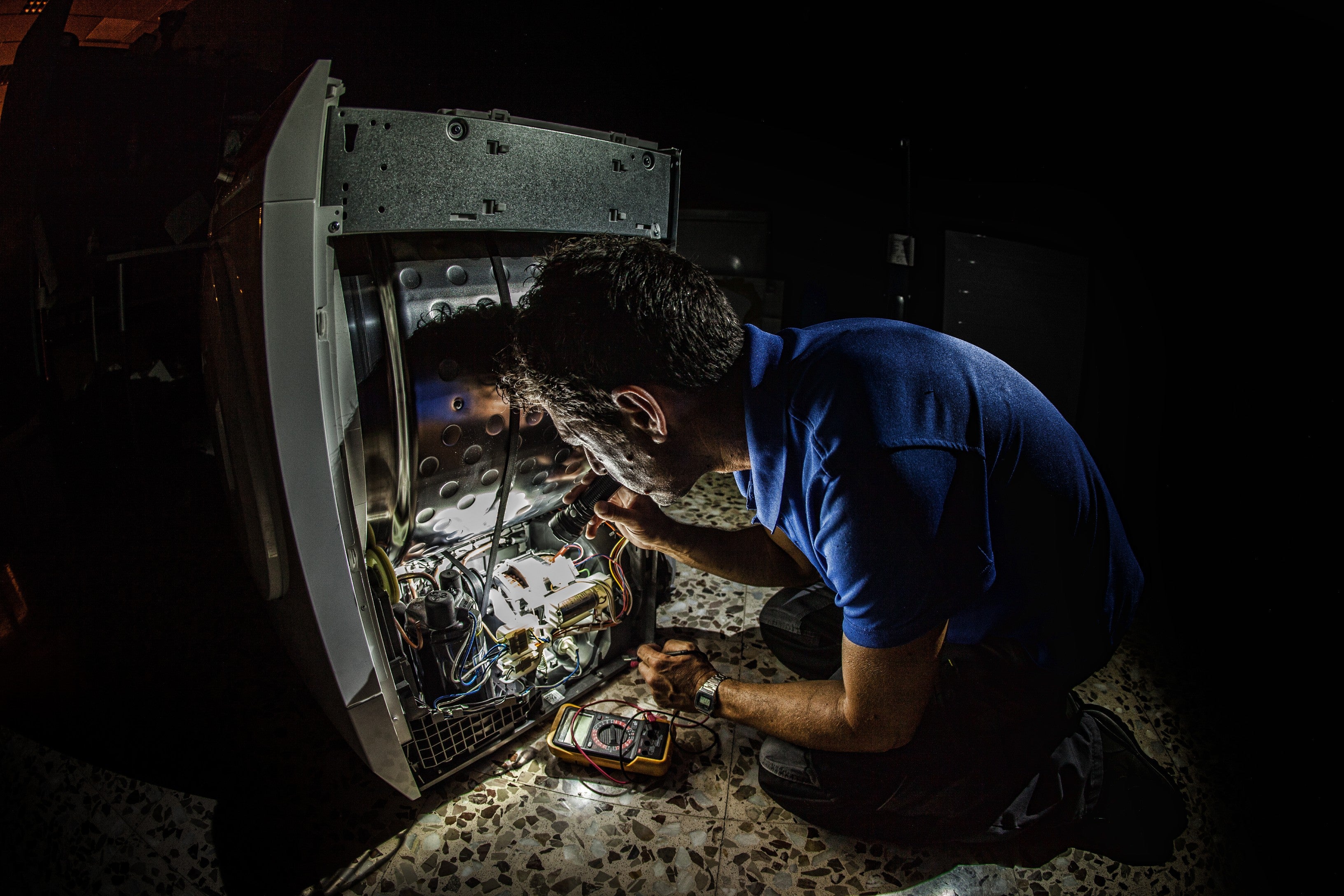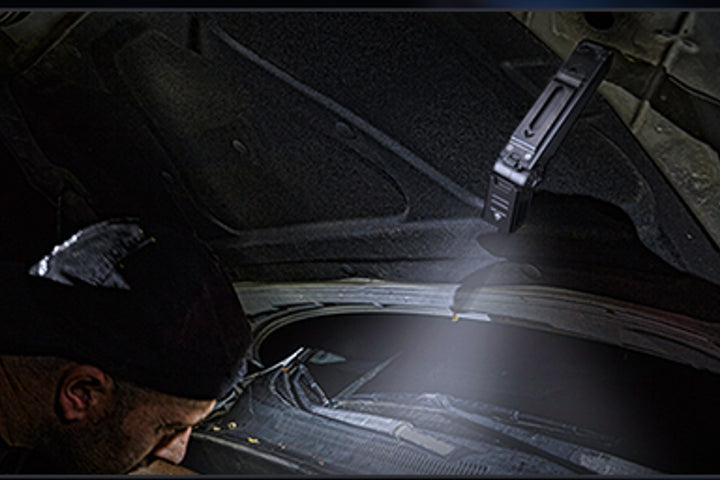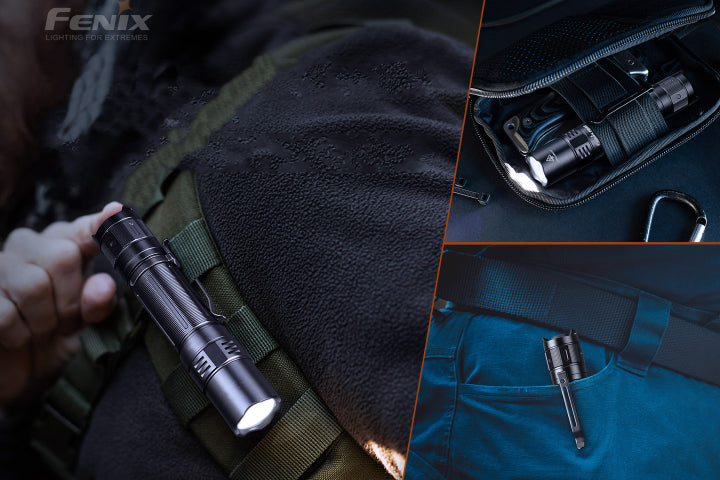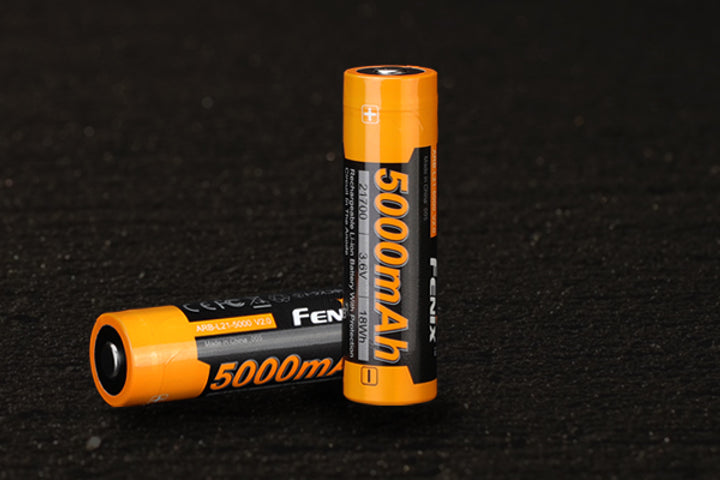Let's Talk Batteries! Probably the Most Confusing Topic--But Most Important!
14500 Rechargeable Li-ion Battery:
16340 Rechargeable Li-ion Battery: These are close in size to a CR123A/RCR123A battery BUT a 16340 battery is normally a little larger in length than the CR123A battery. MAJOR IMPORTANCE: voltages are normally different between these batteries. Again, always check the flashlight specs to understand which battery types and voltages the light will accept.
26650 Rechargeable Battery: This is a high performance/high capacity battery designed to provide excellent power for high-drain devices. The size of a 26650 battery is a larger diameter and longer length. Because of their size, they are able to deliver much power to a small flashlight. A 26650 battery normally has a high mAh rating, allowing a long run time between charges.
These rechargeable batteries normally come in AAA, AA, C, D, 9-Volt, and 12-volt sizes. They are a great all-around battery. The downside is they have a shorter shelf life than a lithium-ion battery.
These come in AAA, AA, 9-Volt, and small cylinder (CR123A) sizes. Because they have a slow self-discharge rate, these batteries can have a shelf life up to 10 years, depending on the brand. Lithium batteries perform very well in below freezing temperatures. If you will be using your flashlight or headlamp in extremely cold temperatures, be sure the device will operate on a CR123A battery.
These are the most commonly found battery types and aren't rechargeable. They are also very inexpensive. You will find them in these sizes: AAA, AA, C, D, 9-volt, and button cells. The downside of alkaline batteries is they have a tendency to leak, causing damage to any device they are in. It is recommended that you power up the device about once a week when using alkaline batteries. This will lessen the chance of a battery leak but there is still a possibility of a leak. If you don't plan to use the light often, it would be safer to store the batteries OUTSIDE of the device. Another downside is their low power output, which affects the run time and lumen output you can get from this battery chemistry.















